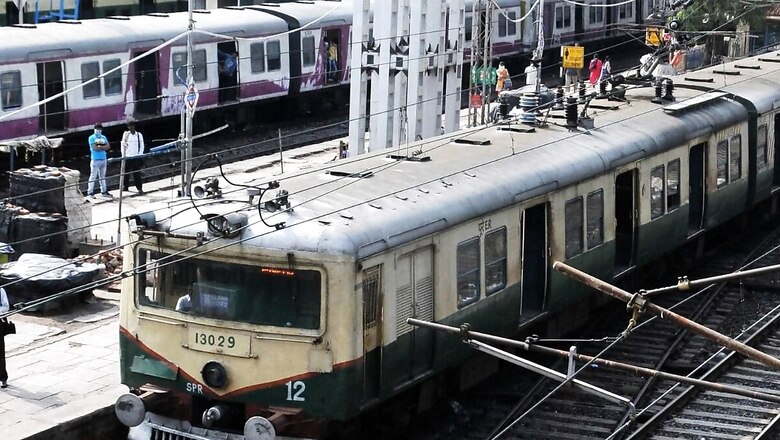
views
The Rashtriya Rail Sanraksha Kosh (RRSK) and KAVACH are among the key measures adopted by the Indian Railways for safety of train operations, according to the government. Data shows that the number of consequential train accidents is down to 68 per annum (2014-2024), compared to 171 per annum (2004-2014).
The Rashtriya Rail Sanraksha Kosh was introduced in 2017-18 with a corpus of Rs 1 lakh crore for five years, for replacement, renewal, and upgradation of critical safety assets. From 2017-18 to 2021-22, a gross expenditure of Rs 1.08 lakh crore was incurred on RRSK work. In 2022-23, the government extended RRSK for another five years with Gross Budgetary Support (GBS) of Rs 45,000 crore.
KAVACH system has been adopted as the National Automatic Train Protection (ATP) system. This system aids the loco pilot by automatically applying brakes if the pilot fails to do so, ensuring safe train operations even in bad weather. So far, KAVACH had been implemented on 1,465 Rkm and 121 locomotives.
To further enhance safety, 6,586 stations had been provided with Electronic Interlocking (EI) by May 31, 2024. Additionally, Automatic Block Signalling (ABS) was implemented on 4,111 RKm of High-Density Routes by Oct 31, 2023. Safety at level crossing gates was addressed by interlocking 11,137 gates with signals by Oct 31, 2023. All unmanned level crossings on Broad Gauge routes were eliminated by Jan 2019.
All locomotives are now equipped with Vigilance Control Devices (VCD) to ensure the alertness of loco pilots, and GPS-based Fog Safety Devices (FSD) have been provided to pilots in fog-affected areas.
For track safety, the maintenance has been revolutionized by introducing advanced Track Recording Cars, which are faster and more reliable. Complete track circuiting has been provided at 6,609 stations by May 31, 2023. To verify track safety, ultrasonic testing of rails is conducted to detect flaws.
In terms of bridge safety, a Bridge Management System (BMS), a web-based IT application, has been developed to provide 24×7 access to bridge information. New technologies for bridge inspection, such as continuous water level monitoring, drone inspections, and 3D scanning of riverbeds, have been introduced.
To improve the safety of rolling stock, advanced technologies like the Online Monitoring of Rolling Stock System (OMRS) and Wheel Impact Load Detector (WILD) have been adopted for predictive maintenance. Radio Frequency Identification (RFID) tags are being fitted to rolling stock for automatic tracking.
The replacement of conventional ICF design coaches with LHB design coaches is ongoing.



















Comments
0 comment